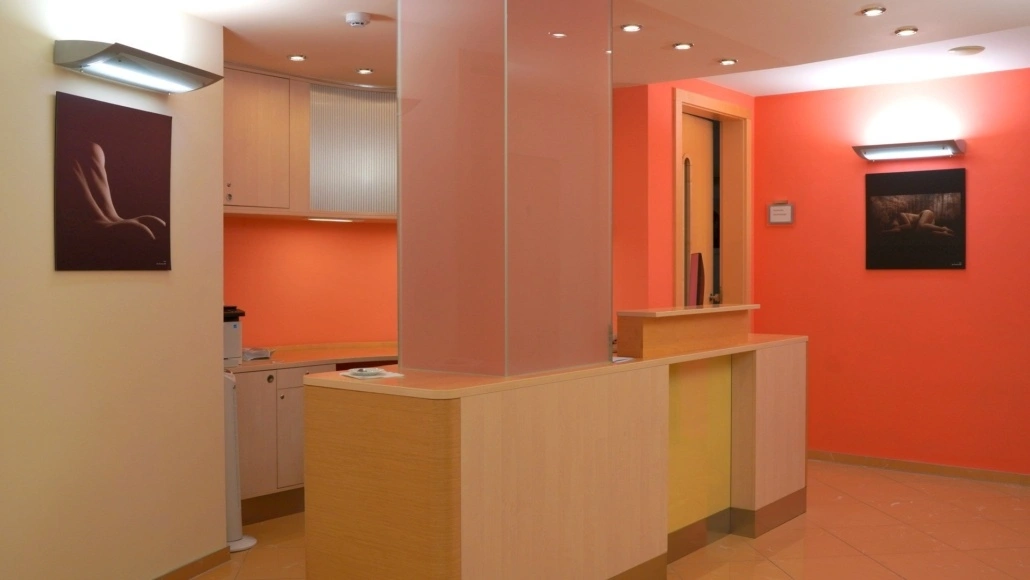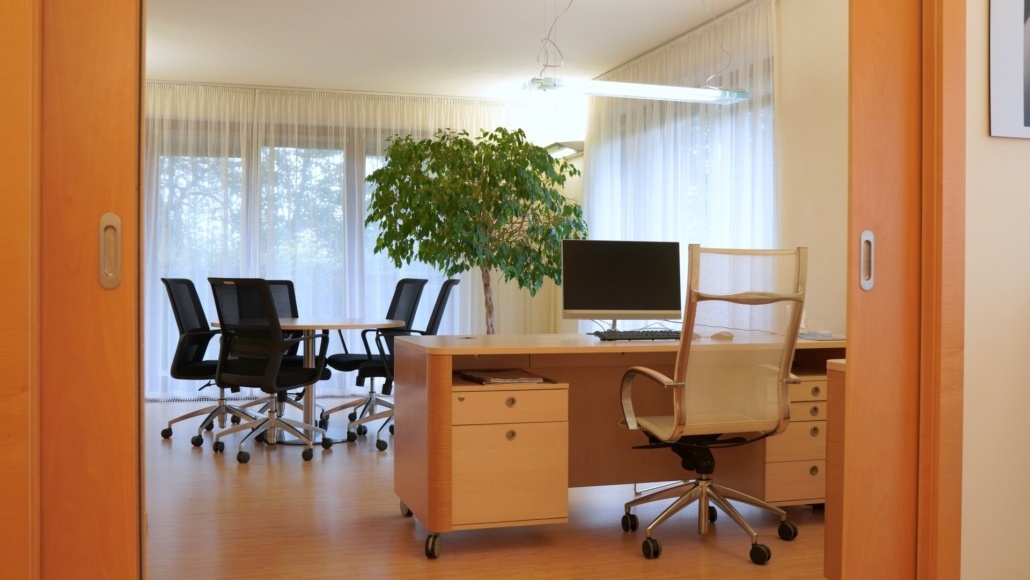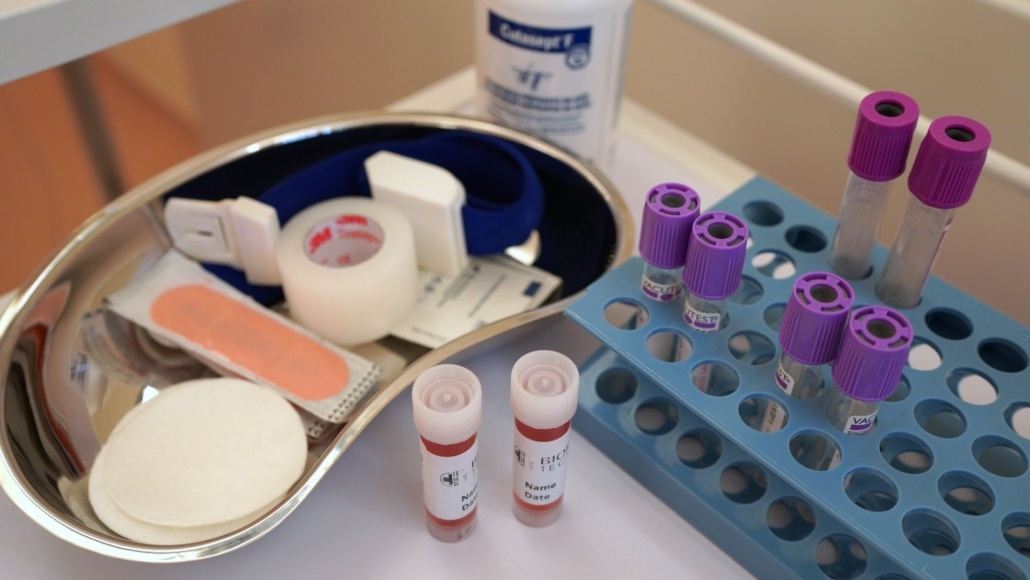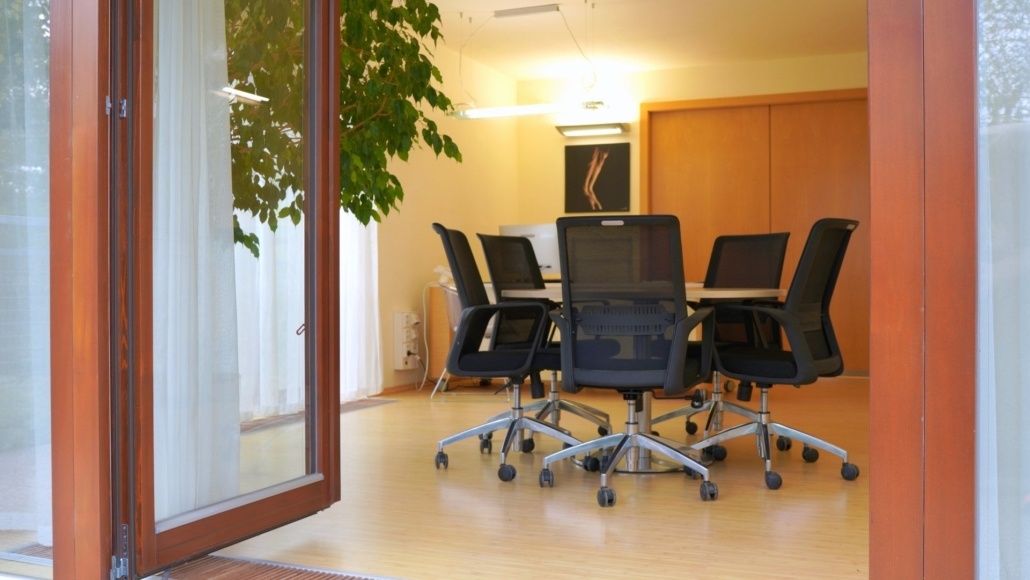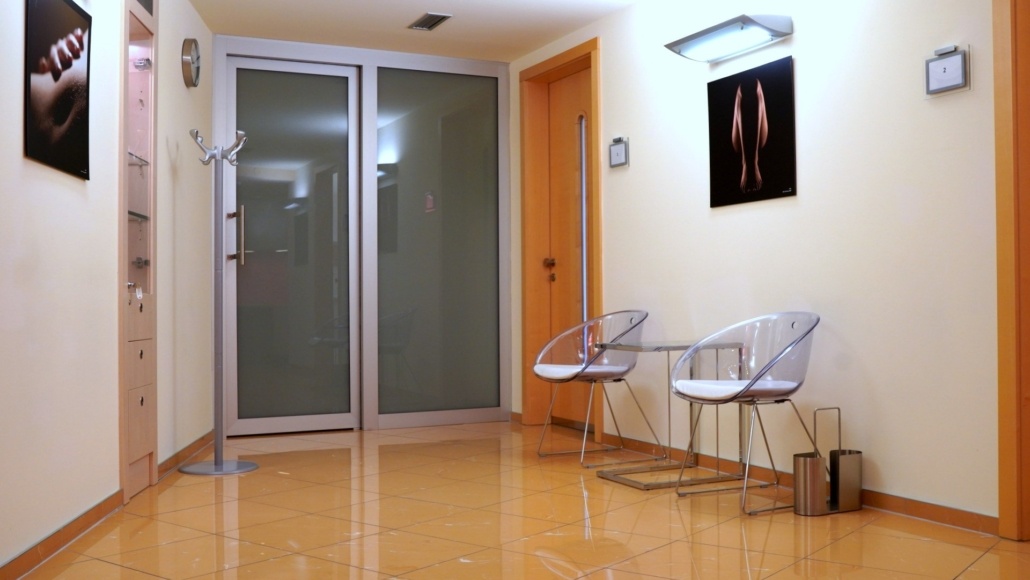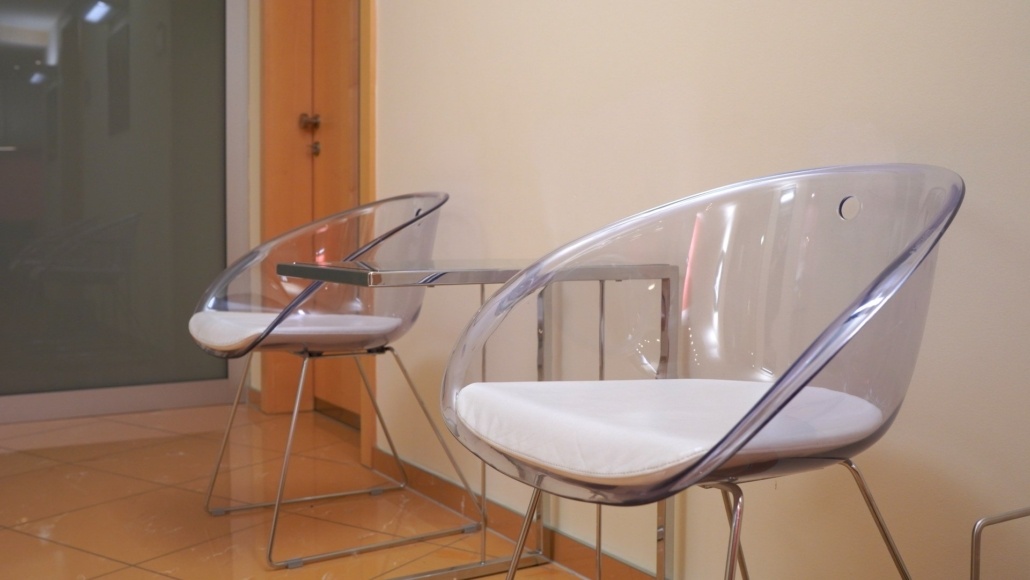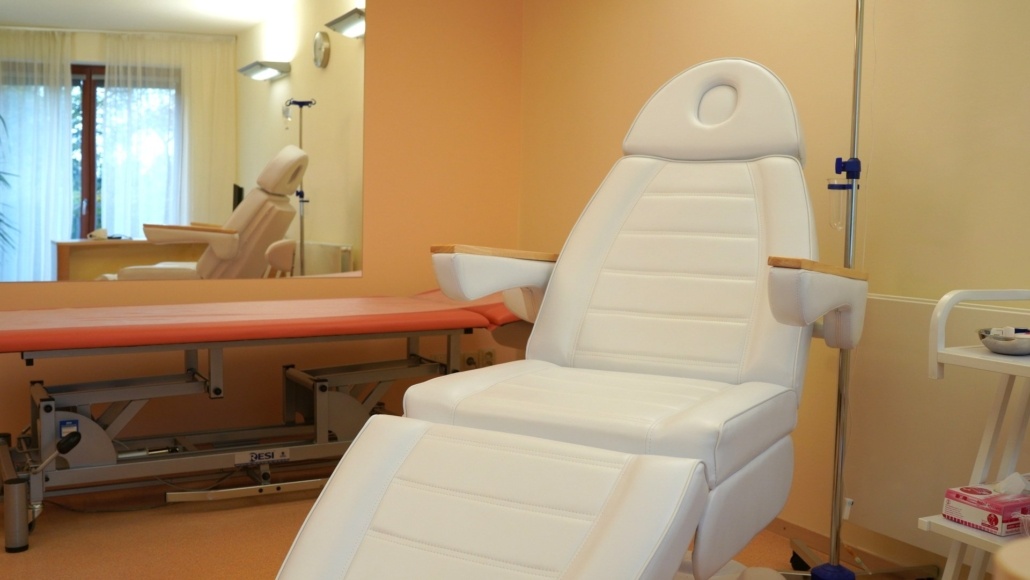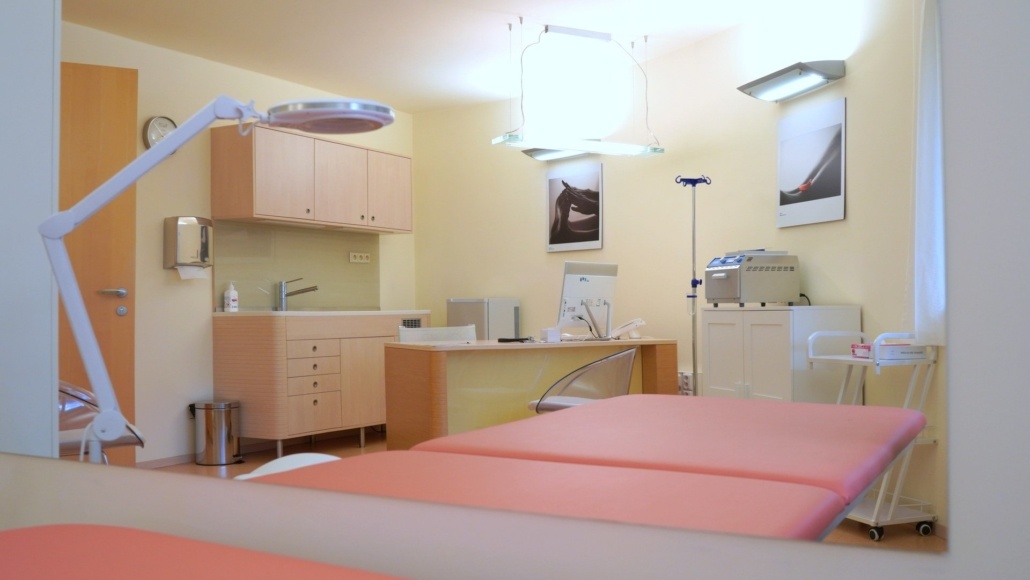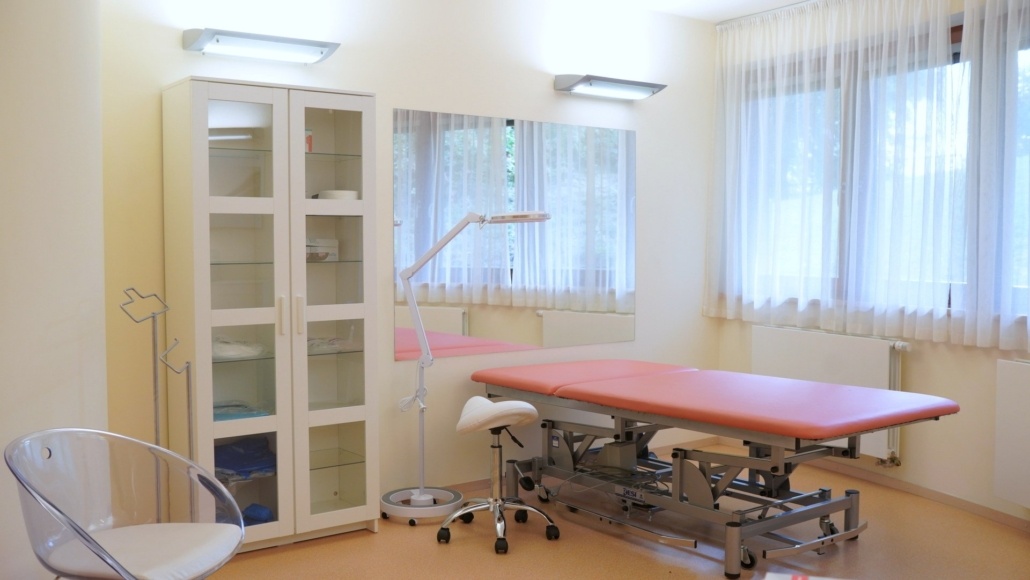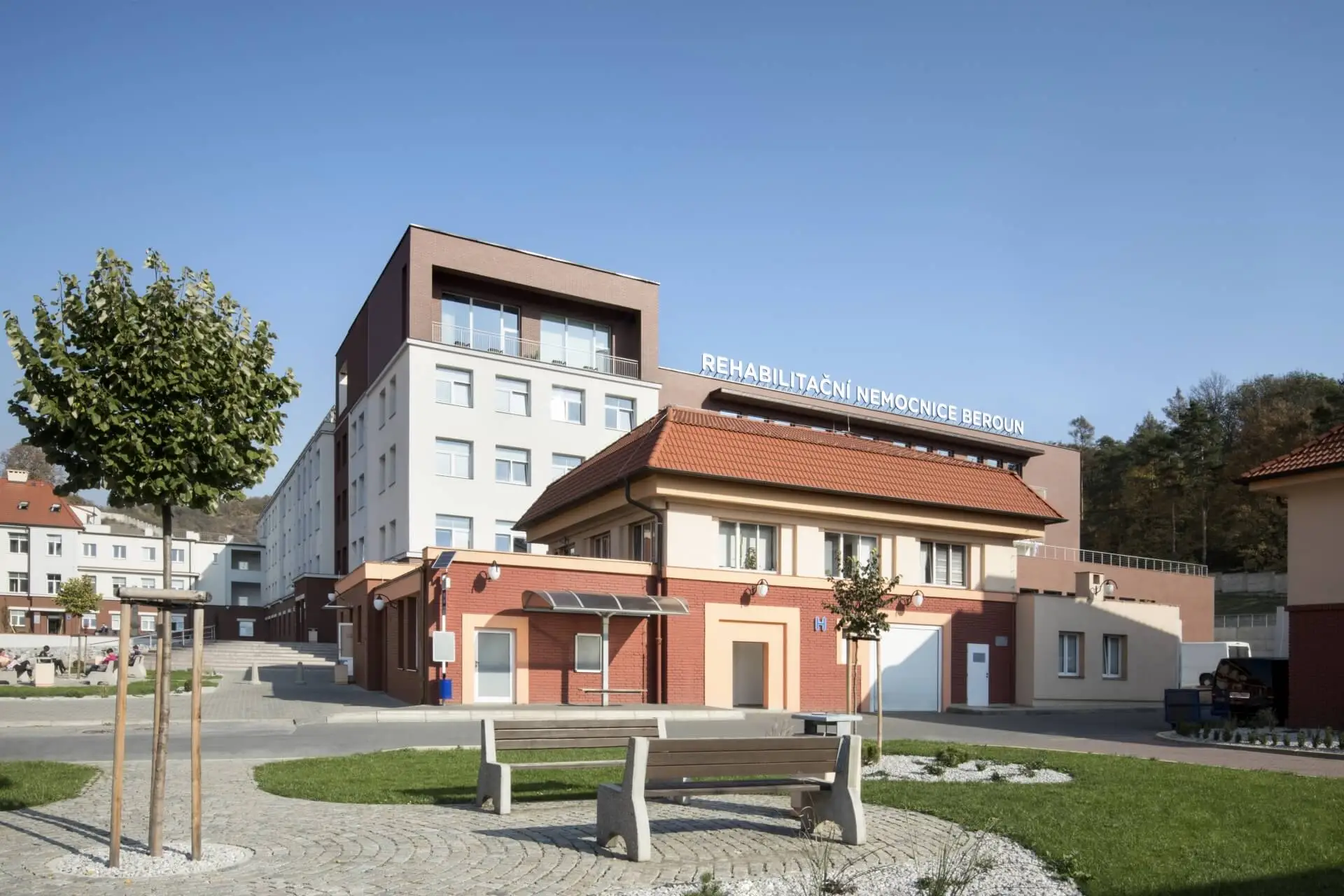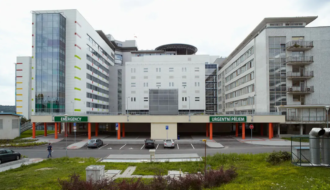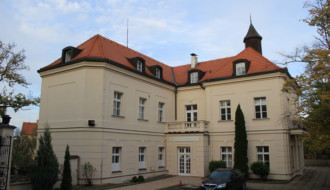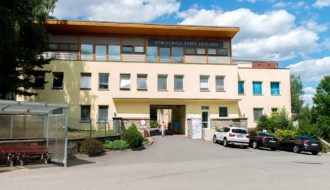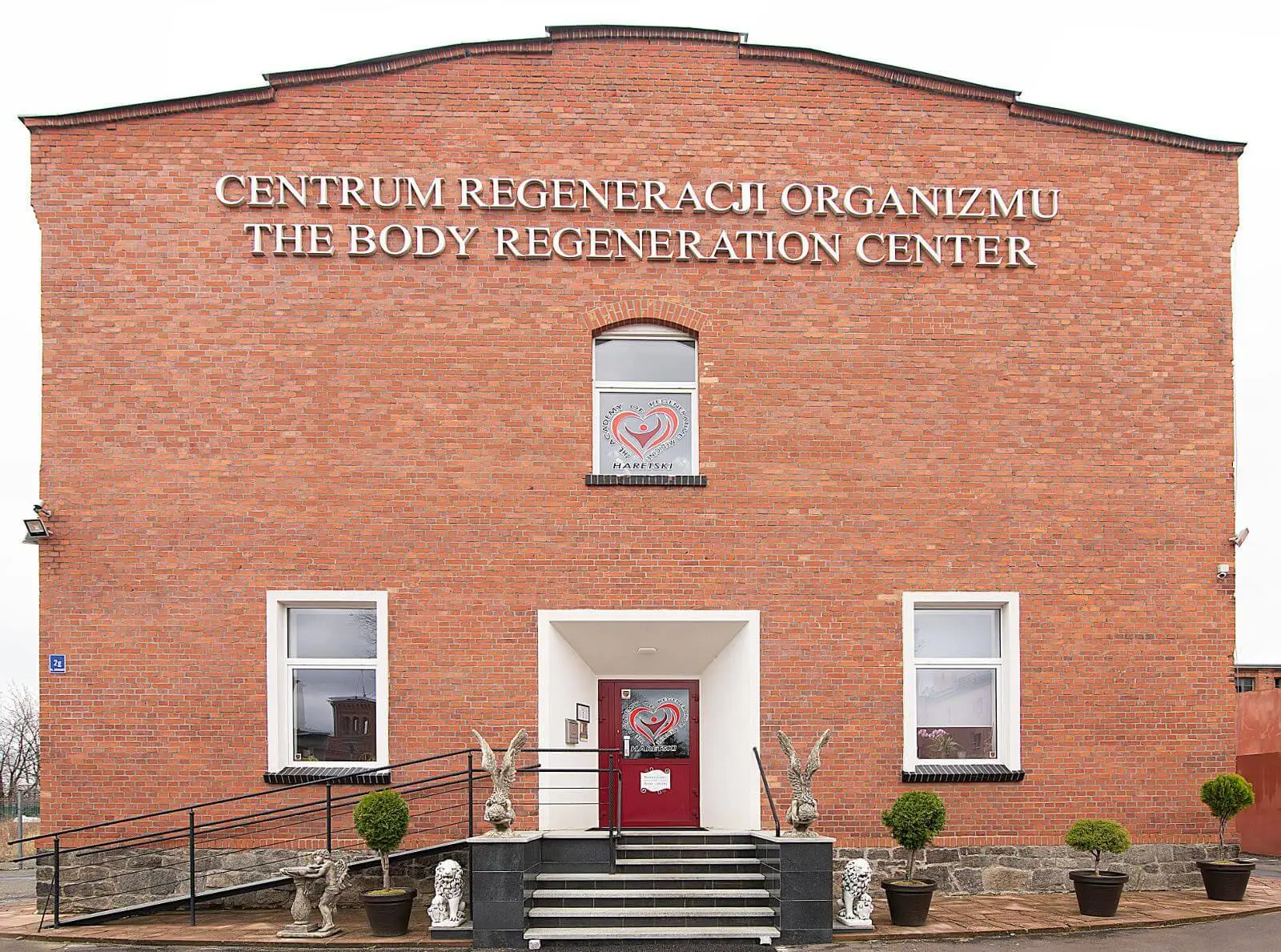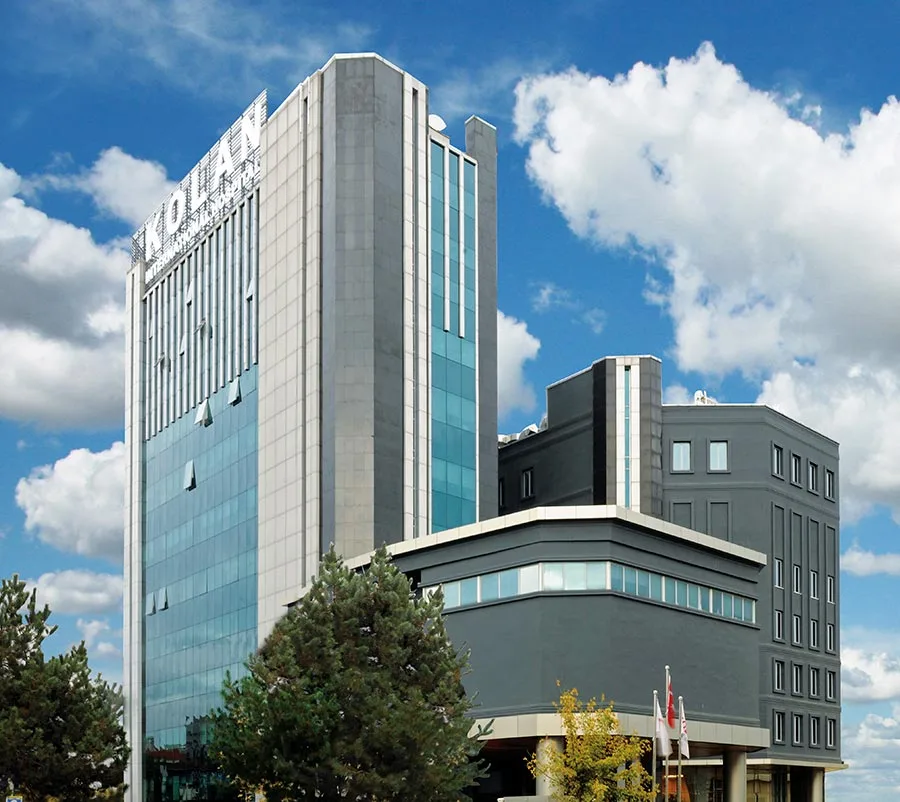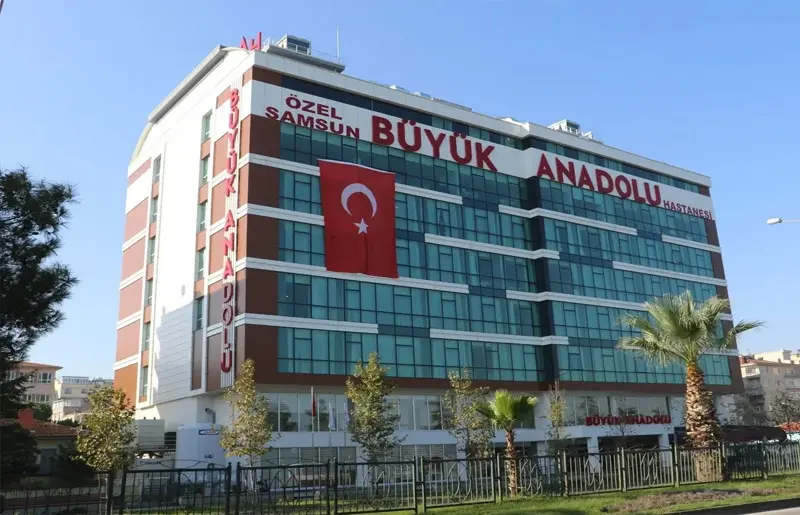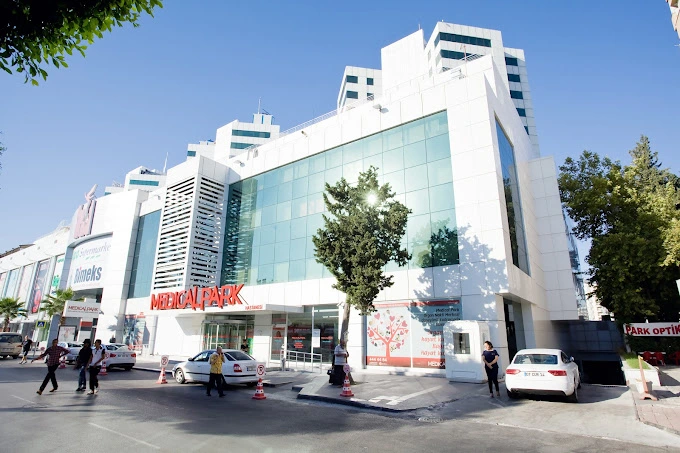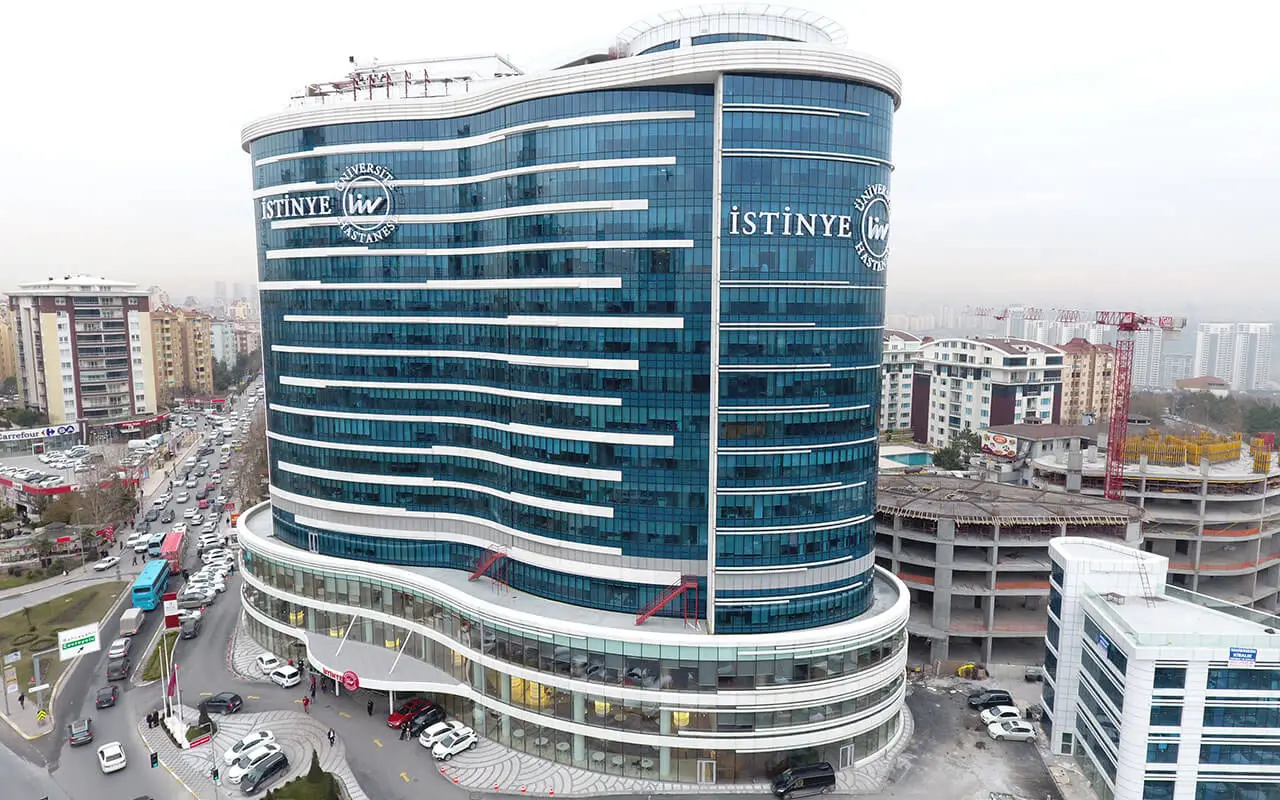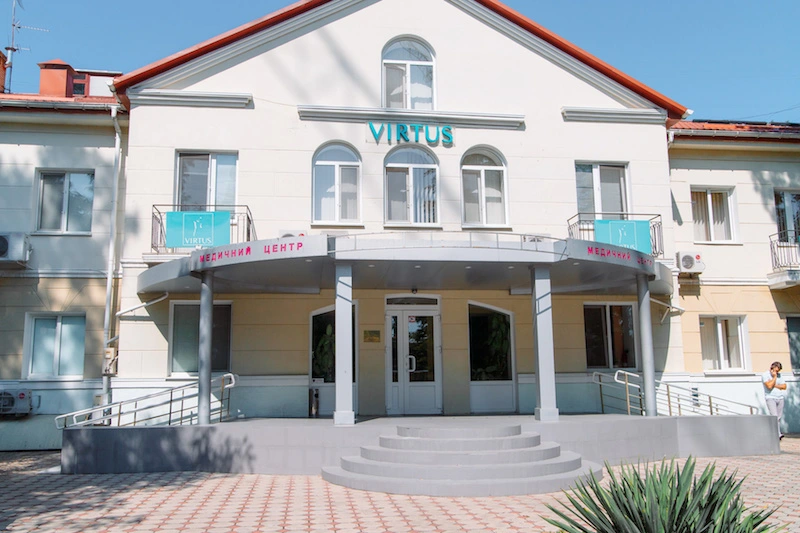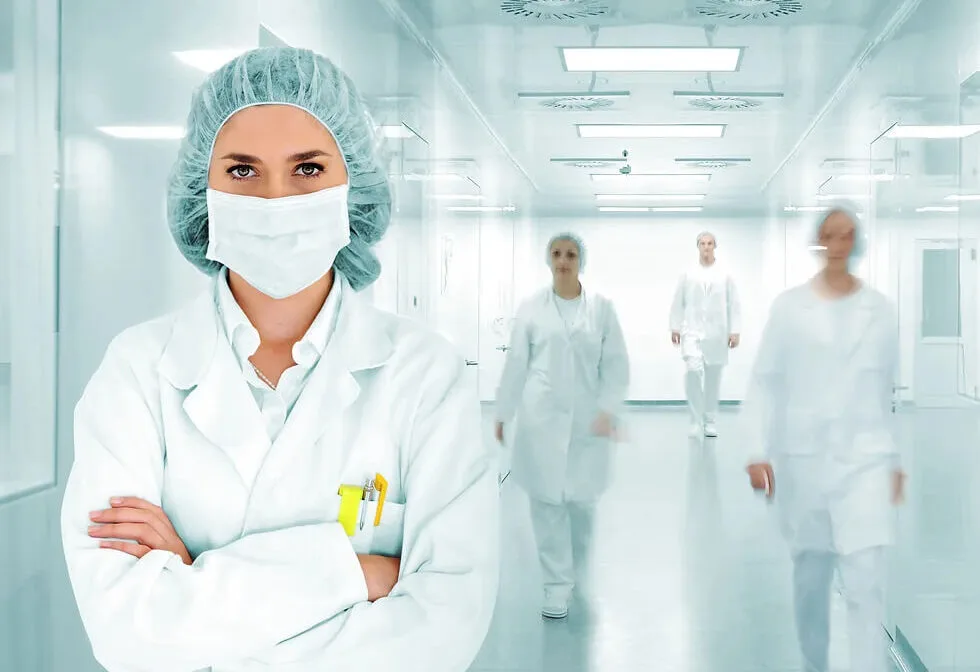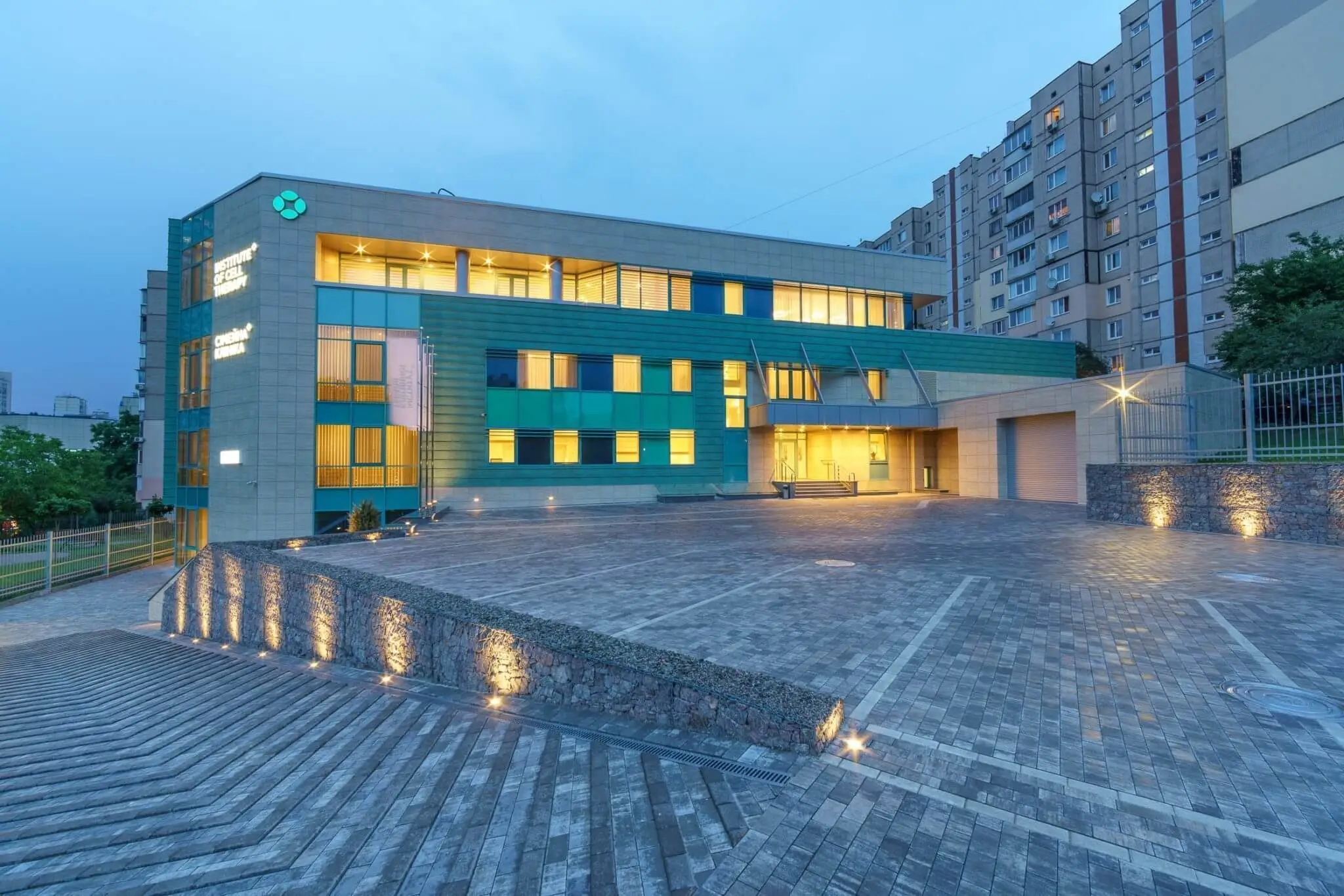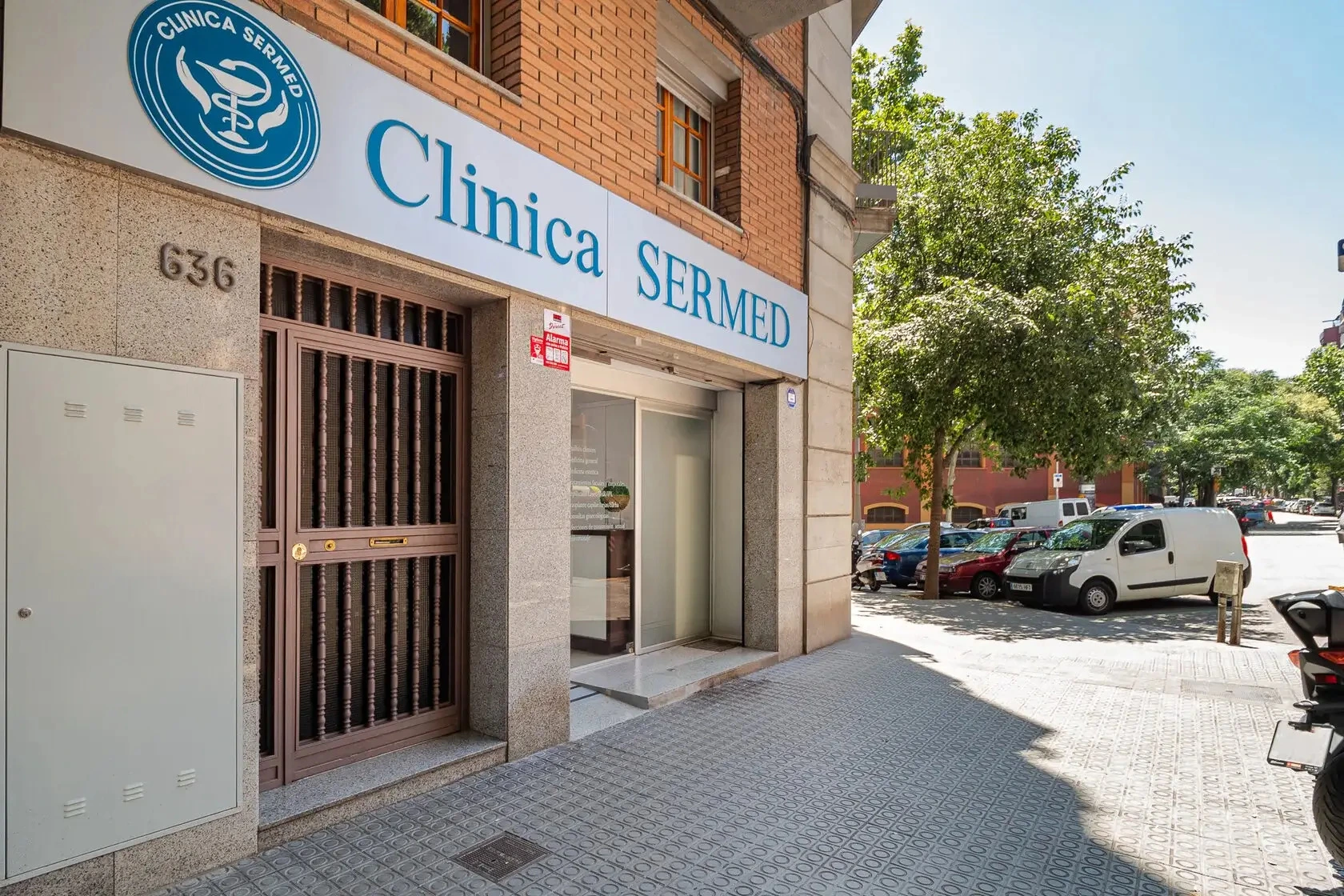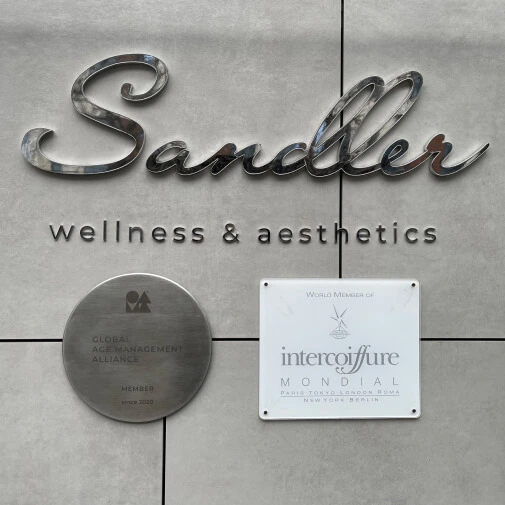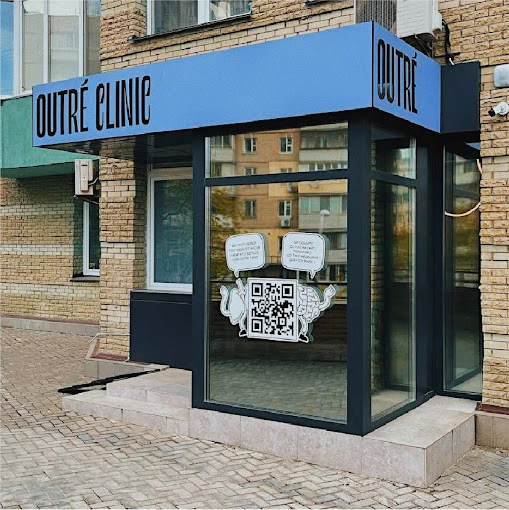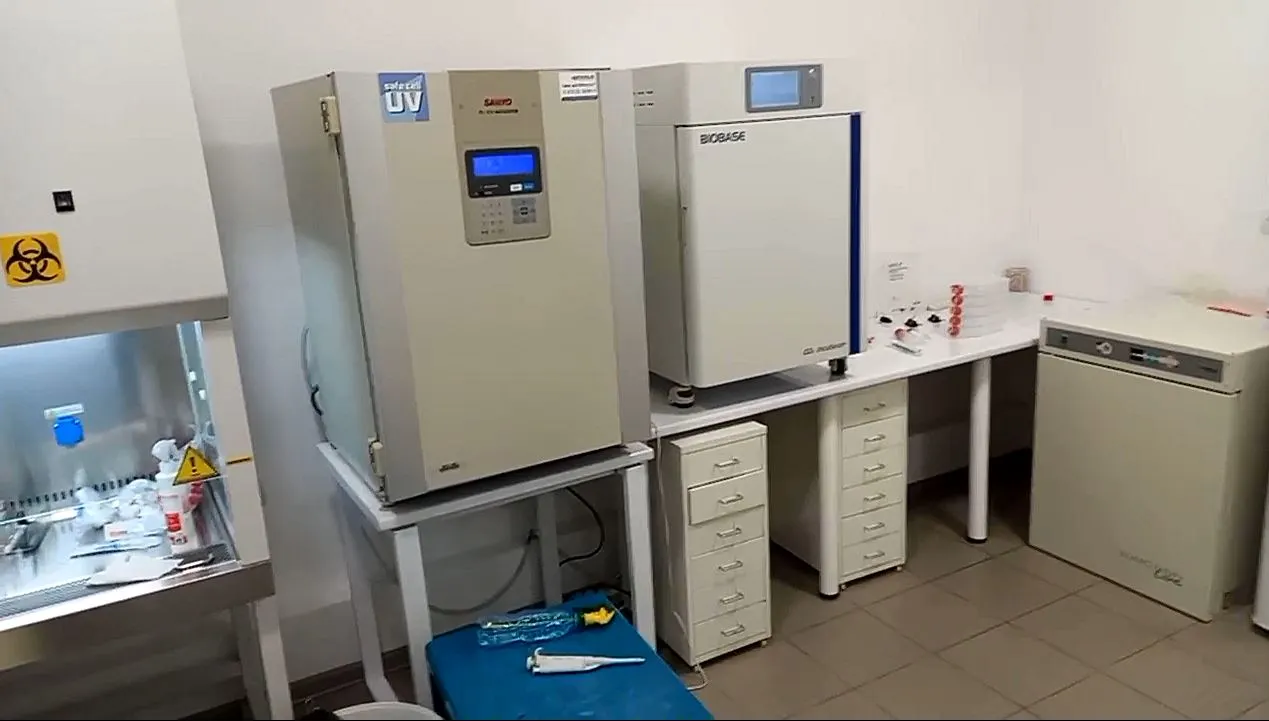Anti-Age Biotech Clinic: treatment and anti-aging stem cell therapy
Anti-Age Biotech is a leader in the anti-aging industry. The company stands out noticeably from other clinics because to slow down aging, specialists here use stem cells rather than creams and masks. The main differences of Anti-Age Biotech are:
- Rejuvenation of the body at the cellular level. Cosmetologists work exclusively with the external manifestations of old age. Anti-Age Biotech Clinic uses a biomedical approach that involves replacing worn out and old cells with new ones. Thus, here doctors are fighting not the cause, but the consequence of the aging process.
- When cosmetologists do not use creams and masks, they use more invasive approaches such as Botox injections and hardware techniques. Many of the methods require subsequent rehabilitation of patients and are associated with certain side effects. Stem cell injections do not cause unwanted reactions and help achieve true rejuvenation of the body.
- To combat aging, cosmetologists often prescribe entire sets of expensive procedures, which, unfortunately, do not guarantee noticeable long-term results. Anti-Age Biotech offers only one procedure, the effectiveness of which is scientifically proven.
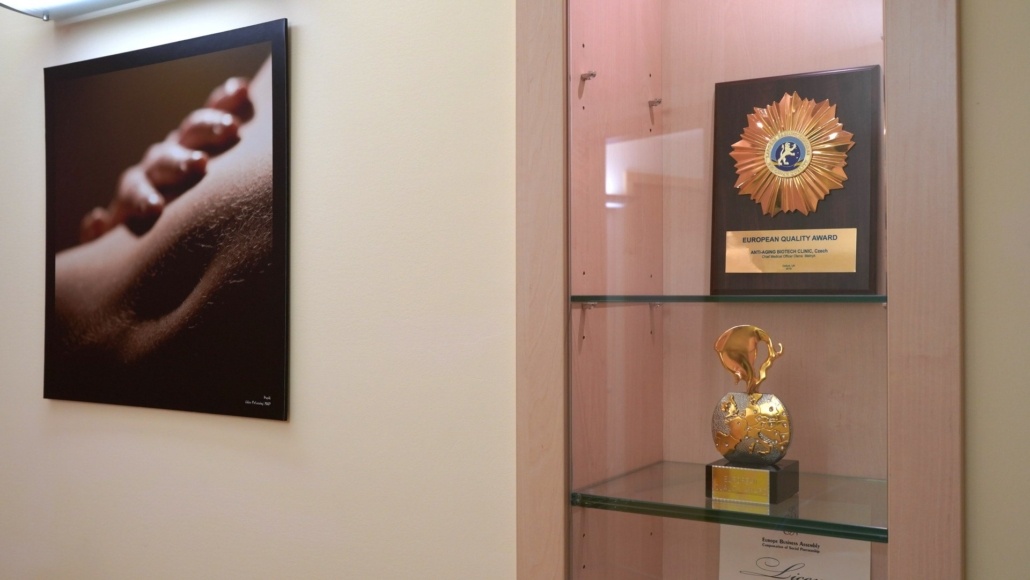
Advantages of Anti-Age Biotech company
- More than 10 years of experience in the practical use of stem cells for anti-aging therapy. Such a long stay on the market is in itself a sign of quality.
- Availability of our own laboratory of international level. Many clinics practicing stem cell therapy do not have their own laboratories and cannot guarantee the quality of cell preparations.
- Anti-Age Biotech is a leader in its industry. The company was able to achieve such outstanding results due to compliance with high quality standards and safety standards. This is confirmed by numerous international awards.

Anti-Age Biotech: how cellular anti-aging therapy works
Cells that are the predecessors of all cells in the body are called stem cells. Each cell copies itself many times and thus an embryo is formed, and after 9 months a fully viable child. In the adult human body, the number of stem cells is very small.
Relatively recently, scientists discovered a unique mechanism of cell aging. They discovered special structures at the ends of chromosomes that looked like protective caps. These structures were called telomeres. Each time a chromosome copies itself, telomeres are shortened. When their length decreases to zero, the cell dies. This mechanism is called the “genetic clock”.
In a young body, telomeres are the longest. The older the person, the shorter their length. Thanks to this parameter, scientists have the opportunity to determine the real biological age of a person. In stem cells, the “biological clock” stands still, so their telomere length is the longest. Due to this, when a stem cell copies itself, the telomere length of the copy, although less than that of the mother, is still longer than that of a regular cell. If there are enough such cells in an organ, it does not age. Thus, cell therapy literally helps to slow down the aging process and prevent the development of associated diseases.
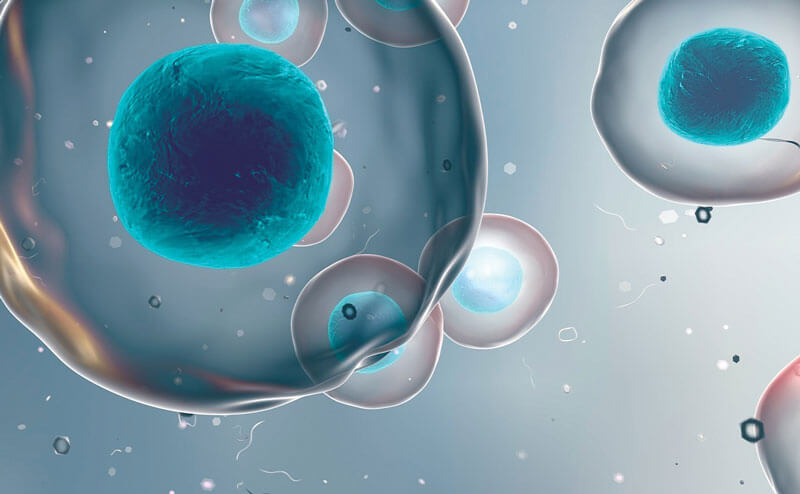
Anti-Age Biotech: how is anti-aging stem cell therapy performed?
The specialist takes a blood sample from the patient. From this sample, stem cells are isolated and then grown in the laboratory. From the laboratory, the resulting cellular material is returned to the clinic and administered intravenously to the patient. This is a simple, painless and safe procedure.
Once in the bloodstream, the cells spread throughout the body. Cell therapy has two main mechanisms of action:
- Stem cells produce various paracrine factors that have a powerful stimulating effect.
- Whenever an organ or tissue is damaged, specific chemicals enter the bloodstream, signaling a problem. Stem cells recognize these signals and are directed to the lesion. There they invade tissue and begin to divide, replacing damaged cells. This process continues as long as the organ needs regeneration.
Since, during division, stem cells reproduce daughter cells with longer telomeres, not only restoration of the damaged organ occurs, but also its cellular rejuvenation.
